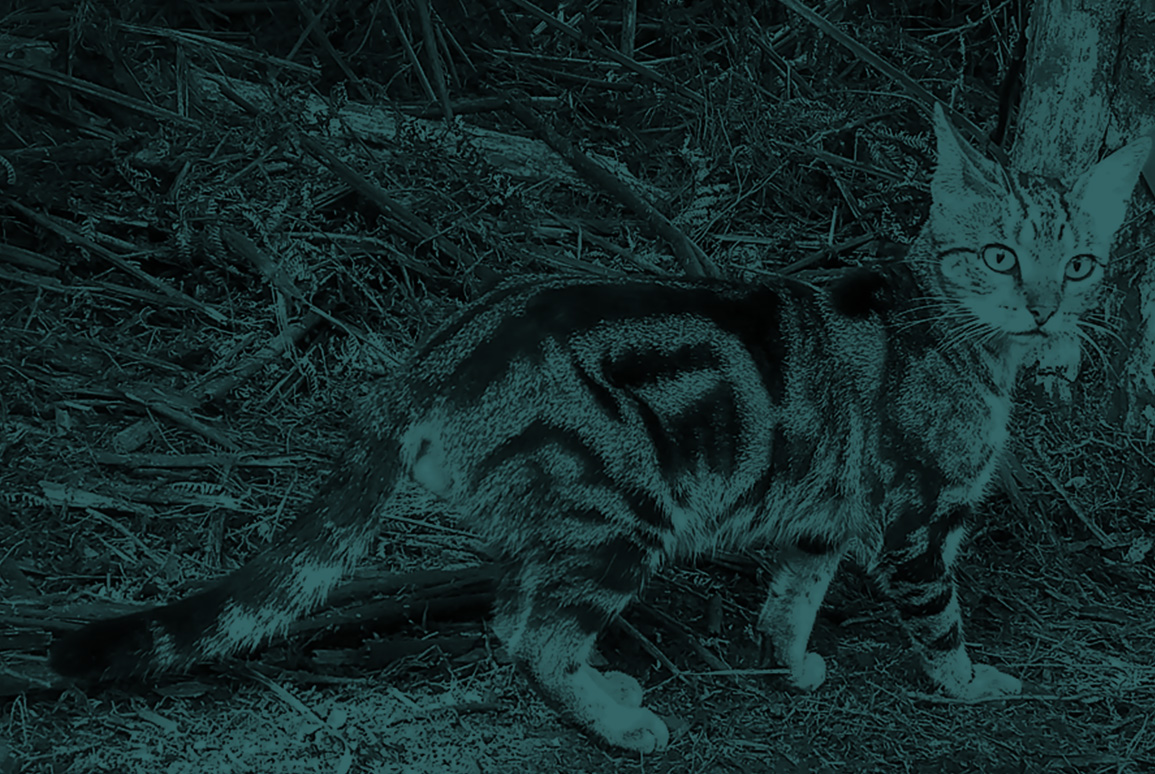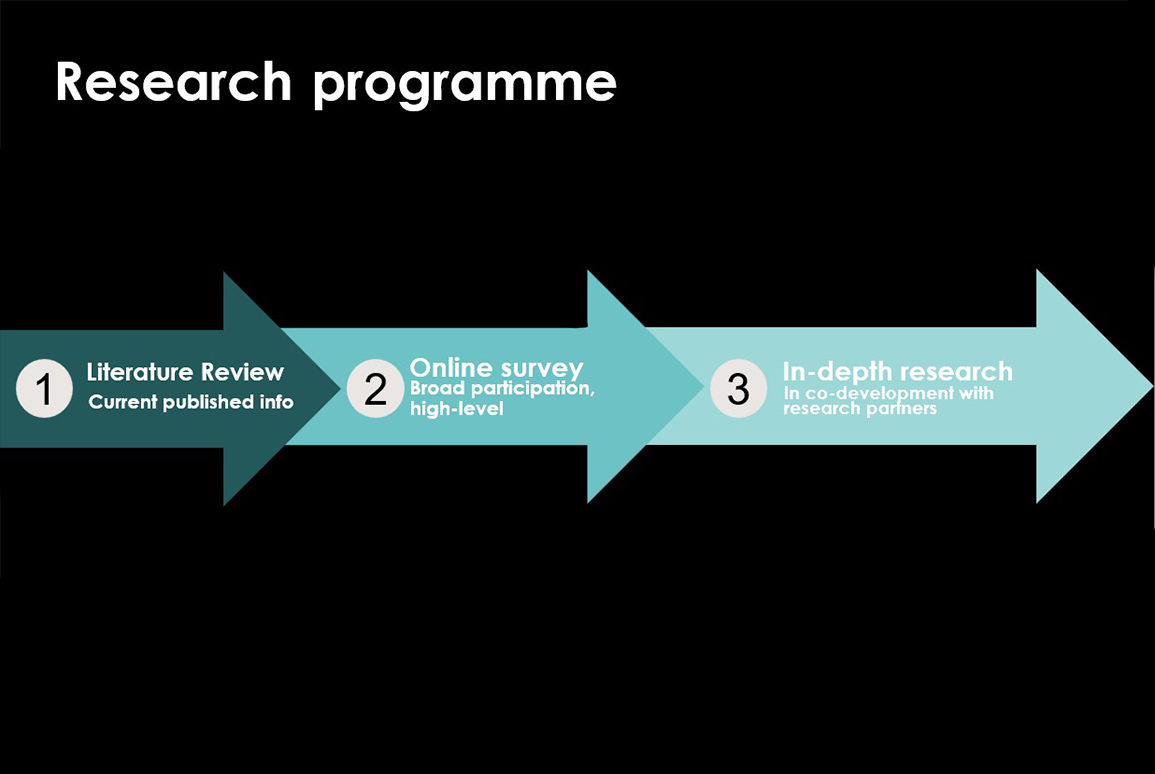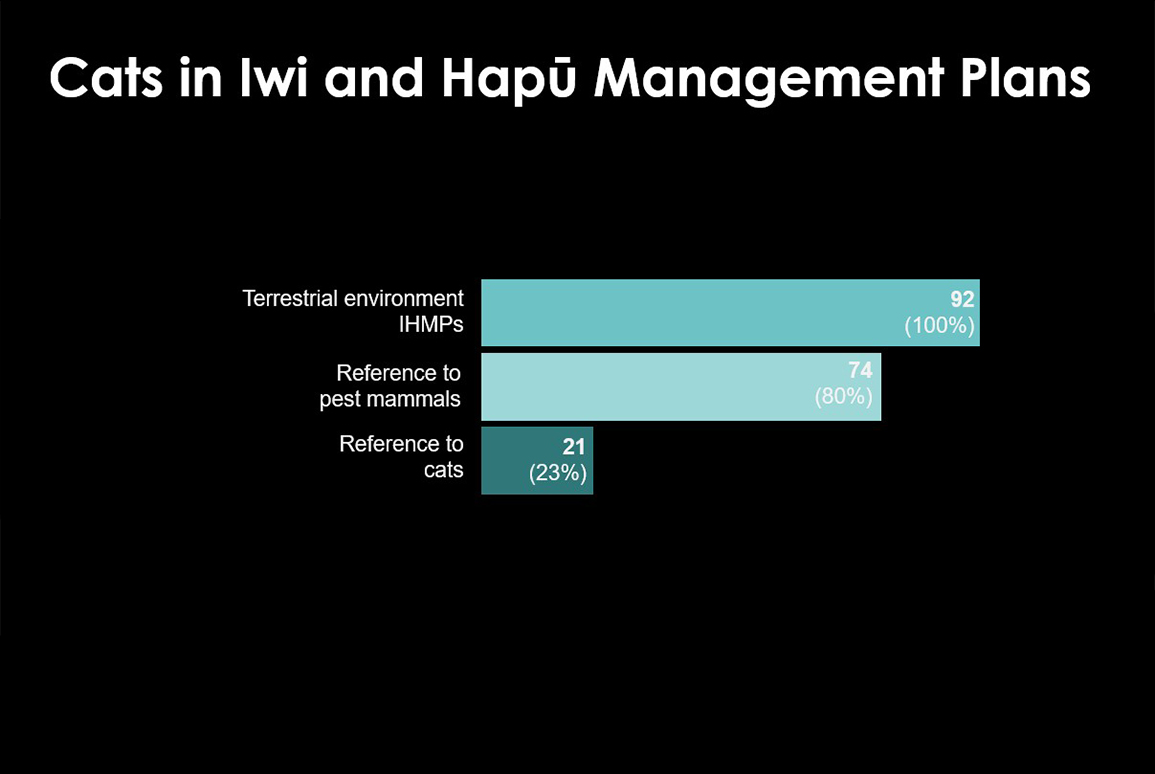Feral cats rate amongst the most devastating pest species worldwide. As the apex predator in the invaded ecosystems of Aotearoa New Zealand, they have contributed to the decline of many native species, including birds, reptiles, and bats. In 2024, over the course of just a few days, a single feral cat destroyed the largest colony of tarapirohe (black-fronted terns) on the Waiau Toa Clarence River in Canterbury.

Cats are the primary host of Toxoplasma gondii, the parasite that causes toxoplasmosis, a disease that can cause serious complications in pregnancy. In addition to human health impacts, toxoplasmosis has been linked to the deaths of endangered marine mammals such as Hector’s and Māui dolphins, as well as several native bird species. Toxoplasmosis is a leading cause of abortion in sheep, at great cost to the agricultural sector. Yet, despite these impacts, feral cats remain absent from New Zealand’s flagship conservation initiative — Predator Free 2050.
That may be about to change.
As the Predator Free 2050 Strategy comes under review in 2025, the question of whether to include feral cats as a target species is back on the table. But this isn’t just an ecological or political decision—it’s a cultural one too. And for Māori, the conversation is deeply rooted in traditional values including kaitiakitanga (stewardship), whakapapa (genealogy, connectedness), and rangatiratanga (sovereignty, self-determination).
A recent literature review by Boffa Miskell Ltd set out to explore Māori perspectives on cat management in Aotearoa, drawing from Iwi and Hapū Management Plans, academic articles, and reports.
The findings? While acknowledging that Māori communities and individuals hold a variety of perspectives on this matter, and that some views are likely to be under-represented in published research, the evidence suggests that Māori predominantly see feral cats as a pest, and support efforts to control or eradicate them.

From Plans to Practice
An Iwi and Hapū Management Plan is a document developed by Māori tribes (iwi) and subtribes (hapū) to outline their resource management priorities and aspirations for their ancestral lands and waters. These plans serve as a guide for local authorities and other stakeholders when making decisions that affect natural and physical resources within the iwi/hapū's rohe (territory).
Of the 92 Iwi and Hapū Management Plans (IHMP) reviewed, 80% mentioned pest mammals as an issue in the associated rohe, and nearly a quarter specifically identified feral cats as a problem. Given that these Plans are typically written with a high-level focus on resource management issues, this is notable. Some IHMP went further, specifically calling out the threat to culturally significant resources, such as māhinga kai (traditional food sources) and tītī (muttonbirds). Some plans emphasised the need for improved monitoring and control, and several acknowledged that pet cats, not just feral ones, pose a threat to wildlife.
The Plans also displayed a nuanced view of pest control. While there’s strong support for pest mammal management generally, there’s a wide range of views around the methods used. Some iwi and hapū prefer non-toxic methods, and express concern about the use of poisons like 1080, especially when delivered aerially. Others express support for best-practice use of toxins based on the benefits to native biodiversity. However, the most commonly expressed views were in the middle ground, with qualified support for responsible toxin use when paired with independent monitoring of efficacy and impacts. Transparency, and respect for tikanga are key. Many IHMP also advocate for continued research into alternative and humane pest control methods.
Māori perspectives in the literature
Although the literature review found no studies that specifically focused on the question of Māori perspectives on feral cat control, some themes emerged from a wider exploration of all New Zealanders' social attitudes towards pest mammals generally, and cats specifically.
Surveys and focus groups consistently show that many Māori recognise feral cats as a significant pest species, and a priority for control effort, alongside stoats, rats, and possums. A 2024 survey found that Māori and Pākeha views on the seriousness of feral cats as a threat were near-identical; 53% of each rated cats as a 'very serious threat' and 27% of Māori (compared to 26% of Pākeha) rated cats as a ‘large threat’.
However, differences emerge when it comes to preferred control methods. In some studies, Māori respondents have shown less support for lethal control options compared to NZ Europeans and are more likely to express neutral views on whether feral cats and dogs should be euthanised. These nuances suggest a cautious or context-sensitive approach to pest management within Māori communities.

The Pet Cat Conundrum
The literature is particularly thin on Māori attitudes toward pet cats. While Māori households are slightly less likely to own cats than Pākehā households, there’s limited data on how Māori view pet cat management practices like de-sexing, microchipping, or containment.
Public sentiment on cat management is evolving. Nationally, support for stricter legislation on pet cats is growing, and practices like microchipping are on the rise. Some studies suggest Māori may be less supportive of these measures, but the reasons for this remain unclear. Is it about access, affordability, cultural values, or something else? More inclusive and culturally attuned research is needed to understand the full picture.
Leading the Way on the Ground
Across the motu, Māori are not just talking about feral cat control, they’re doing it. From the Rekohu to the Kaipara, iwi and hapū are actively leading and supporting feral cat control and eradication projects.
To highlight one example, the Tū Mai Taonga project, led by Ngāti Rehua Ngātiwai ki Aotea, is working hard to eradicate feral cats and rats from Aotea Great Barrier Island and create the opportunity for native biodiversity to thrive. The initiative is as much about restoring biodiversity as it is about reconnecting people to place — and more than half of the workers are mana whenua.
As the Predator Free 2050 strategy undergoes review, the inclusion (or not) of feral cats is a hot topic. But for Māori, this conversation is about more than just one species. It’s about partnership, respect, and the right to lead. A recent survey shows that Māori want iwi and hapū to have a greater role in environmental decision-making, and with good reason. They are not only partners under Te Tiriti o Waitangi, but also landowners, knowledge holders, and active kaitiaki.
What’s next?
The literature review is only the first step in a three-year programme of research exploring Māori perspectives on cat management in Aotearoa New Zealand. The next phases of research will involve a targeted online survey, and direct engagement with iwi and hapū research partners. The goal is to deepen understanding and support inclusive policy development such that Māori voices are integral to the future of cat management in Aotearoa.

